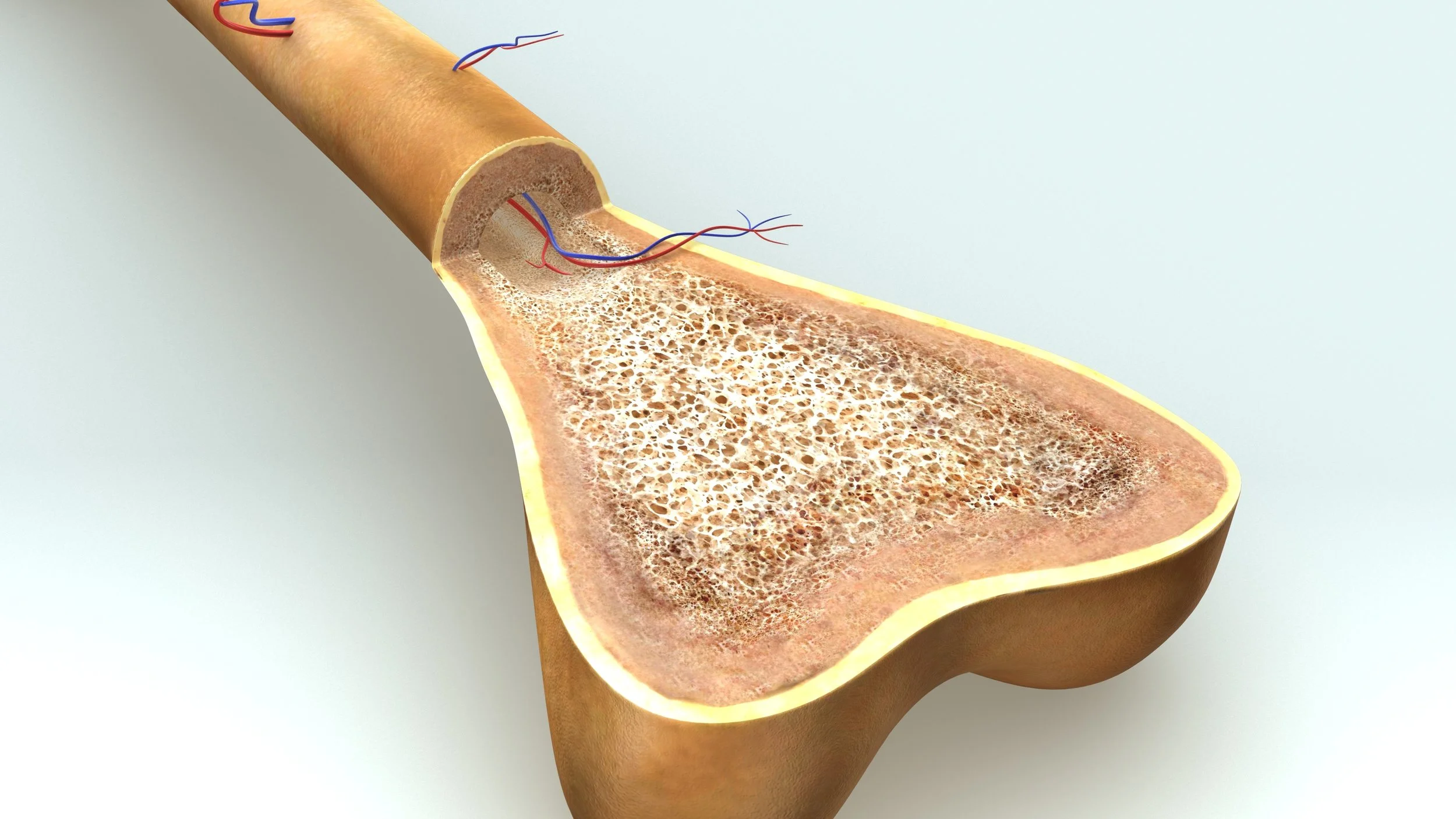Woman: Look After Your Heart, Here’s Why
What does someone with heart disease look like? A stressed out CEO? A smoker over 50? Whatever image came to your mind, chances are it was of a male. We think of heart disease as a male problem, but did you know that more women die of heart disease than men? It's now the leading cause of female deaths worldwide. Yet up until recently, two-thirds of all heart health research has focussed exclusively on men. What’s wrong with this picture?
If you’re a woman at risk of cardiovascular disease (CVD) there is good news - researchers are now stepping up to close the gender gap and prioritize female-based cardiac research. Let’s see what the latest research is saying about female-specific heart disease factors and how you can reduce your risk.
What the Gender Gap Means for Women’s Heart Health
Women’s Bodies Are Different
We may think of women’s ‘hearts’ as different than men when it comes to relationships, but what about literally? It turns out that women’s hearts and arteries tend to be physically smaller than men’s. Plaque build-up in our arteries is a key factor in all heart disease, and smaller arteries mean they can get clogged faster in women.
Different Plaque Deposits
It's not just anatomical differences - the way that arterial plaques and injuries show up in women can be very different from men, delaying a heart disease diagnosis, or even misdiagnosing it. This may be why more women die from heart attacks than men, and why women are more likely to have second heart attacks.
Dismissive Diagnosis
Heart attack symptoms often look different in women. For example, the sharp chest pains of angina precede a heart attack in everyone, but women may have additional symptoms such as extreme fatigue, trouble breathing, and pain across the stomach and upper back. Not recognizing these red flags can also lead to a dangerously delayed or incorrect diagnosis
The research tells a troubling story. When female patients report stress alongside recognized heart disease symptoms, they are significantly more likely than men to be given an anxiety diagnosis. Even when the same heart-related symptoms were reported.
Less Risk Factor Screening
But it doesn’t end there. After receiving a heart disease diagnosis, women are not screened as often as men for depression. Research shows that depression is a key heart disease risk factor, and strikes almost twice as many female heart disease sufferers than men. This crucial gap can increase womens’ risk for subsequent fatal heart attacks, and slow down recovery.
Different Hearts, Different Diseases
The term ‘heart disease’ or ‘cardiovascular disease’ goes way beyond heart attacks, and includes a host of different issues affecting the heart, blood vessels and arteries. Not surprisingly, some heart conditions affect more women than men. For example, 90% of all
Spontaneous Coronary Artery Dissection (SCAD) patients are women, and it accounts for 25% of all heart attacks in women under the age of 60.
What happens when your health care practitioner is only looking for the heart diseases that mainly affect men? You guessed it - potential late or incorrect diagnosis for female patients.
What Special Risk Factors Do Women Have?
Many heart disease risk factors are the same for men and women - it's the strength of the risk that matters.
Obesity & Smoking
Of the many shared factors, obesity and smoking are the ones that most often impact women more than men. In one study, obesity increased the risk of heart disease by 64% in women, compared to 46% in men. In another study, female smokers had a 25% higher risk of heart disease when compared with men.
Breast Cancer Treatment
Women receiving radiation for breast cancer are particularly vulnerable, with studies showing higher rates of fatal heart disease.
Inflammation
Chronic inflammation is a factor too. Recent research shows that women who have inflammation-related health conditions are a higher risk of heart disease.
Hormones, in Particular Estrogen
Hormones also come into play. We think of estrogen as the quintessential ‘female’ hormone that affects our periods, pregnancy, and menopause. But did you know that there is a key link between estrogen and female heart disease risk?
Pregnancy
In pregnancy there are big changes in heart rate and blood pressure, which can increase heart attack risk. Diabetes is also a key risk factor, and if Gestational Diabetes appears during pregnancy, the heart attack risk is increased further.
Menopause
Research shows that heart disease risk for women increases significantly after menopause. It is thought that higher estrogen levels pre-menopause provide a protective heart effect. Studies show that cholesterol levels tend to increase after menopause. Remember those small female arteries that can clog faster than men? More cholesterol means more heart disease risk.
BHRT
Many women undergo Bioidentical Hormone Replacement Therapy during or after menopause to mitigate risks and reduce symptoms, however research shows that for some women, these changing hormone levels can increase heart disease risk. This underlines the importance of working with a professional who is able to properly follow you and test for risk factors.
How You can Reduce Your Heart Disease Risk
In addition to quitting smoking and reducing stress, weight management is the most effective way for women to reduce heart disease risk. Excess weight is hard on the heart, and is a stronger heart disease risk factor for women than men. Let’s look at a few easy ways to get on the path to heart health:
Get Moving
Current medical guidelines suggest that women should engage in a minimum of 2.5 to 3 hours per week of vigorous physical exercise. If that sounds like a lot, try breaking it up into exercise bites of 10 - 15 minutes each. Take a walk during work breaks, take the stairs instead of the elevator, or have a personal dance party!
Eat More Plants
You don’t have to become a vegetarian or vegan to welcome more plant foods into your life. The key is to make it enjoyable by choosing fruits and veggies that you like, and get lots of variety. Think of veggies as the main course instead of the side dish - aim to have at least 60% of your lunch and dinner plates covered with veggies. Summer is a great time to get gorgeous local produce. See what’s in season and don’t be afraid to try something new!
Eat Good Fats
When your body craves fat, it's not asking for more chips. It really wants ‘good fats’ like those found in salmon, eggs and walnuts. But if you don’t have these foods often, they’re not on your body’s radar. Try adding these foods to your diet, and see if you notice a change in your fat cravings. Once your body gets to know these nutrient-dense foods it will request them more often!
Nutrients to Support Good Heart Health
Essential Fatty Acids
These ‘good fats’ are called Essential Fatty Acids (EFAs), and have been shown to significantly reduce the risk of developing heart disease. This supplement is especially important for women, as EFAs also balance hormones.
Since estrogen levels are a key factor in womens’ heart health, EFA supplementation can play double duty! Ever wonder what’s so ‘essential’ about them? Our bodies can’t make them on our own, so we need to eat EFA-rich foods, or supplement with high-quality oils.
Selenium
Studies show that low selenium levels are strongly linked to heart disease risk. Selenium is one of the most effective antioxidant supplements, protecting your heart, blood vessels and arteries from damaging free radicals. Brazil nuts are by far the best food source of selenium, with a handful providing a thousand percent of the recommended daily minimum!
It's time to prioritize your heart health.
As a functional health care practitioner, I treat the patient, not the disease. Get in touch and let’s discuss your health history and risk factors, run some targeted labs for a clear picture of what’s happening inside your body and design a personalized treatment plan. Women lead with the heart, make sure yours stays healthy.
Best,
Dr. P
Dan Purser MD
Resources & references
Canadian Women’s Heart Health Centre: http://cwhhc.ottawaheart.ca/
Barish R, Lynce F, Unger K, Barac A. Management of Cardiovascular Disease in Women With Breast Cancer. Circulation. 2019;139(8):1110-1120. doi:10.1161/CIRCULATIONAHA.118.039371
Garcia M, Mulvagh SL, Merz CN, Buring JE, Manson JE. Cardiovascular Disease in Women: Clinical Perspectives. Circ Res. 2016;118(8):1273-1293. doi:10.1161/CIRCRESAHA.116.307547
Kane AE, Howlett SE. Differences in Cardiovascular Aging in Men and Women. Adv Exp Med Biol. 2018;1065:389-411. doi:10.1007/978-3-319-77932-4_25
Karvinen, S. et al. (2019) Menopausal Status and Physical Activity Are Independently Associated With Cardiovascular Risk Factors of Healthy Middle-Aged Women: Cross-Sectional and Longitudinal Evidence. Front. Endocrinol. doi.org/10.3389/fendo.2019.00589.
Leonard EA, Marshall RJ. Cardiovascular Disease in Women. Prim Care. 2018;45(1):131-141. doi:10.1016/j.pop.2017.10.004
Mattina GF, Van Lieshout RJ, Steiner M. Inflammation, depression and cardiovascular disease in women: the role of the immune system across critical reproductive events. Ther Adv Cardiovasc Dis. 2019;13:1753944719851950. doi:10.1177/1753944719851950
Patel H, Chandra S, Alexander S, Soble J, Williams KA Sr. Plant-Based Nutrition: An Essential Component of Cardiovascular Disease Prevention and Management. Curr Cardiol Rep. 2017;19(10):104. Published 2017 Sep 8. doi:10.1007/s11886-017-0909-z
Rosano GM, Spoletini I, Vitale C. Cardiovascular disease in women, is it different to men? The role of sex hormones [published correction appears in Climacteric. 2018 Feb;21(1):92]. Climacteric. 2017;20(2):125-128. doi:10.1080/13697137.2017.1291780
Saeed A, Kampangkaew J, Nambi V. Prevention of Cardiovascular Disease in Women. Methodist Debakey Cardiovasc J. 2017;13(4):185-192. doi:10.14797/mdcj-13-4-185
Heart and Stroke Foundation of Canada: https://www.heartandstroke.ca/
World Health Organization: https://www.who.int/gho/women_and_health/mortality/situation_trends_causes_death/en/






